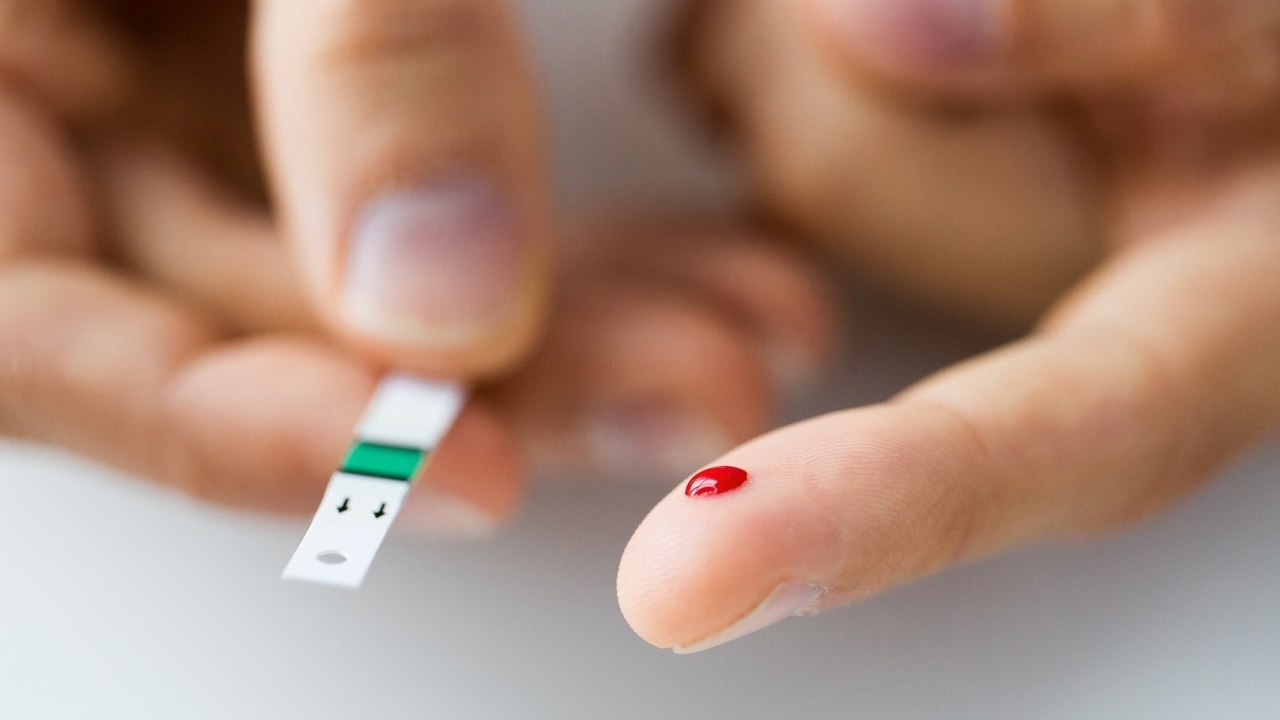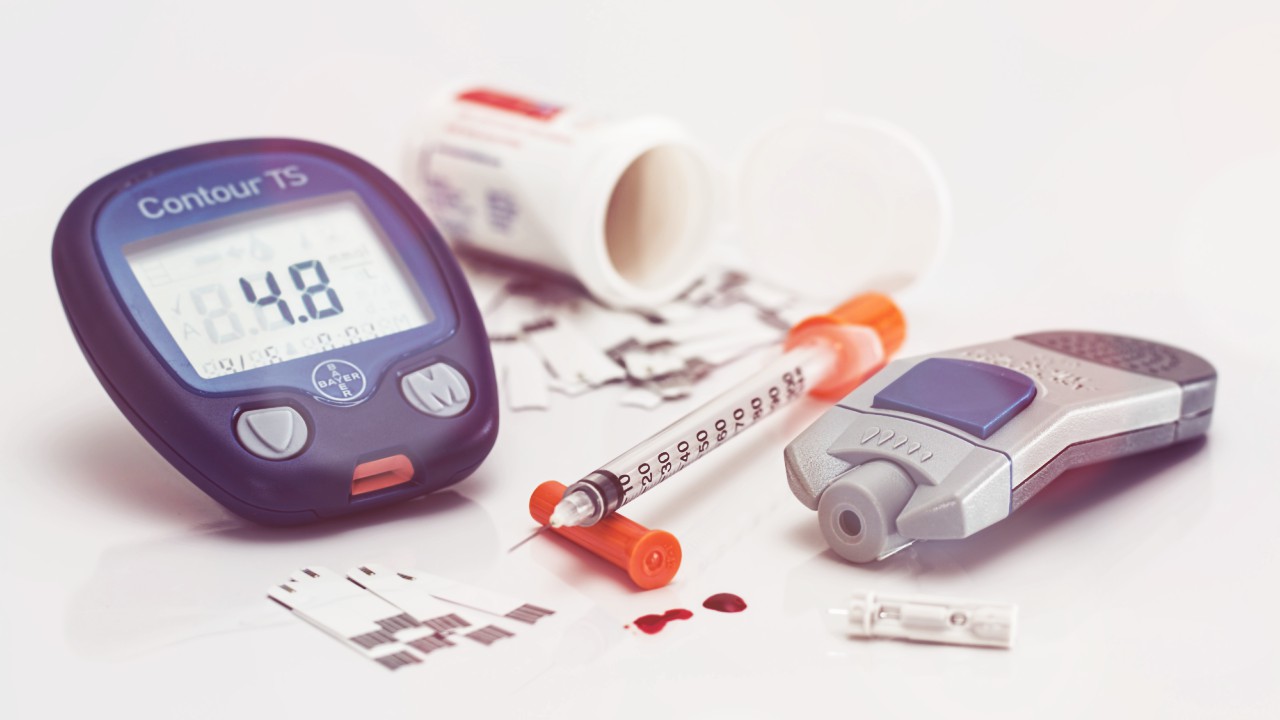Diabetes mellitus is a chronic condition in which the pancreas produces little or no insulin or the cells in the body stop responding to the insulin that is produced. Four types of the disease include type 1 diabetes, type 2 diabetes, monogenic diabetes and gestational diabetes.
About the Disease
To understand the disease, one needs to know the roles of the pancreas and insulin and the importance of glucose. Every cell in the human body requires energy to function and glucose is the primary source of energy. It is a simple sugar that results from the digestion of carbohydrates and circulates in the bloodstream as a ready source of energy.
Insulin is a hormone produced by the pancreas (an organ located behind the stomach). It bonds to the receptor sites on the outside of a cell acting as the key to allow glucose into the cell. When the pancreas does not produce enough insulin or the cells no longer respond to insulin, glucose remains in the blood rather than enter the cells.
Type 2 diabetes, the more common type, was formerly known as non-insulin dependent or adult onset diabetes. It can occur at any age, even during childhood, and usually develops slowly over time.
With type 2 diabetes, either the pancreas does not produce enough insulin or the cells resist insulin. As a result, glucose remains in the blood and can cause serious complications such as neurological damage, cardiovascular damage and renal failure. Some people can manage the disease with diet and exercise while others need medication and insulin to control elevated blood glucose levels.
Causes and Risk Factors
It is not known why the pancreas stops producing enough insulin or why the body becomes resistant to insulin. Researchers have identified factors that increase the risk for developing type 2 diabetes.
One primary risk factor is being overweight because more fatty tissue increases the cells’ resistance to insulin. Where the fat is stored makes a difference, fat stored in the abdomen increases the risk.
Inactivity, having an affected first degree relative such as a parent or sibling, being 45 and older, and having blood glucose levels bordering on the high range are all risk factors. Blacks, Hispanics, Native Americans and Asian Americans have a higher risk than Caucasians.
Symptoms and Diagnosis
Type 2 diabetes develops very slowly, some people can have it for years and be asymptomatic. Increased thirst, frequent urination -- especially at night -- and an increased appetite are warning signs.
Weight loss, fatigue, blurred vision and slow-healing sores or frequent infections are signs of glucose buildup in the blood and the depletion of energy to the muscles and organs.
Some individuals develop a condition called acanthosis nigricans, in which patches of dark, velvety skin appear in the folds and creases of the body, usually in the armpits. This is a sign of insulin resistance.
Anyone who is overweight, 45 years and older, and has one or more of the risk factors should have a random blood glucose test, a fasting blood glucose test or an oral glucose tolerance test.
The glycated hemoglobin test (A1C) measures the percentage of glucose attached to hemoglobin, which is the oxygen carrying protein in red blood cells. This test indicates the average blood glucose levels for the past two or three months and is recommended.
Management
Management requires a lifelong commitment to regular monitoring of blood glucose levels, following a balanced diet designed to manage blood sugar levels, and exercising regularly.
When lifestyle changes are not enough, diabetic medications and insulin therapy become necessary. Individuals with a BMI or body mass index greater than 35 may be candidates for bariatric or weight loss surgery. Blood glucose levels return to normal in 55 to 95 percent of people with diabetes, depending on the procedure performed. (2)
Sources:
The Free Dictionary by Farlex: Diabetes Mellitus, Sept. 28, 2011
http://medical-dictionary.thefreedictionary.com/Diabetes+Mellitus
(2)Mayo Clinic: Type 2 Diabetes, Sept. 28, 2011
http://www.mayoclinic.com/health/type-2-diabetes/DS00585
National Diabetes Information Clearinghouse: Am I at Risk for Type 2 Diabetes?
Sept. 29, 2011
http://diabetes.niddk.nih.gov/dm/pubs/riskfortype2/#2
Reviewed October 5, 2011
by Michele Blackberg RN
Edited by Malu Banuelos





Add a CommentComments
There are no comments yet. Be the first one and get the conversation started!